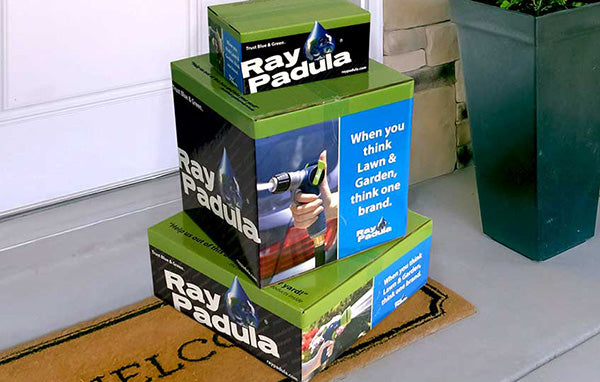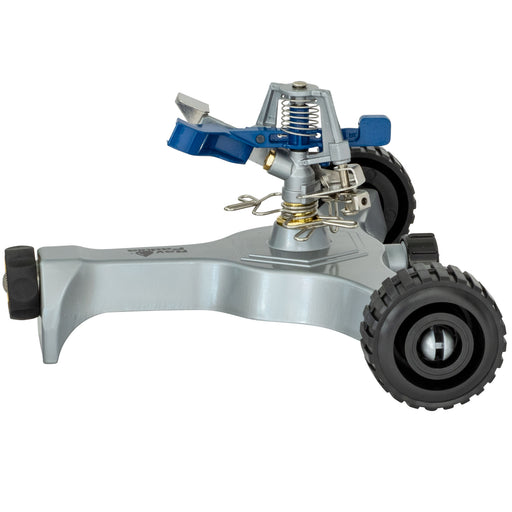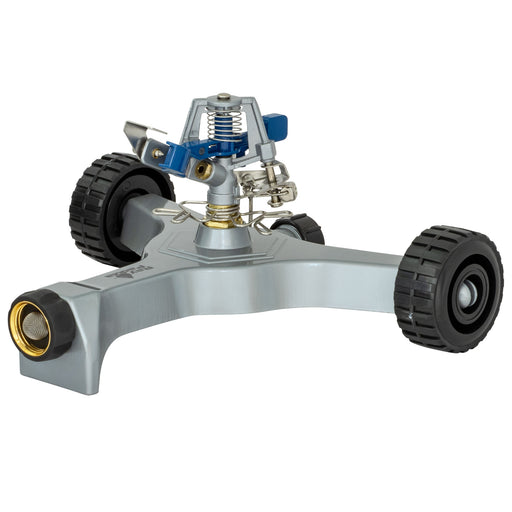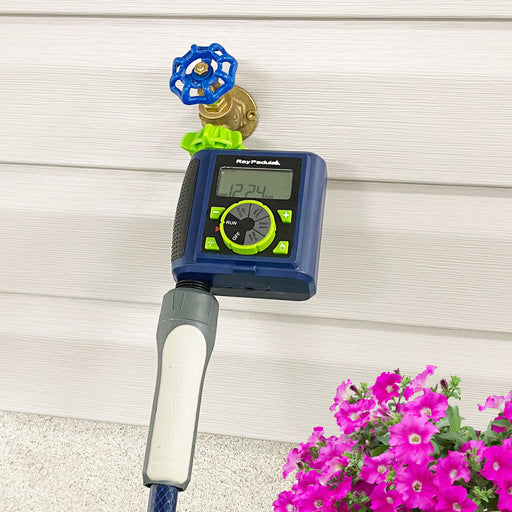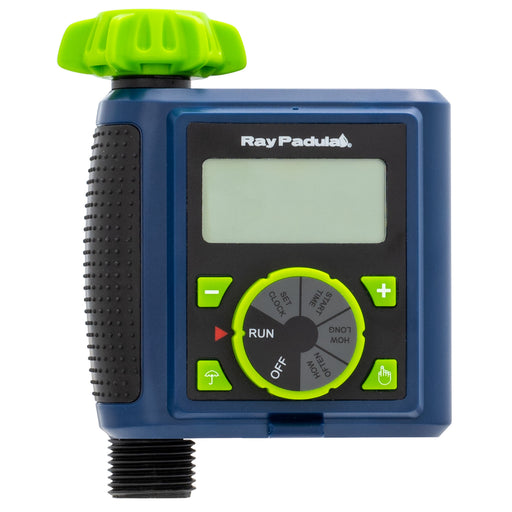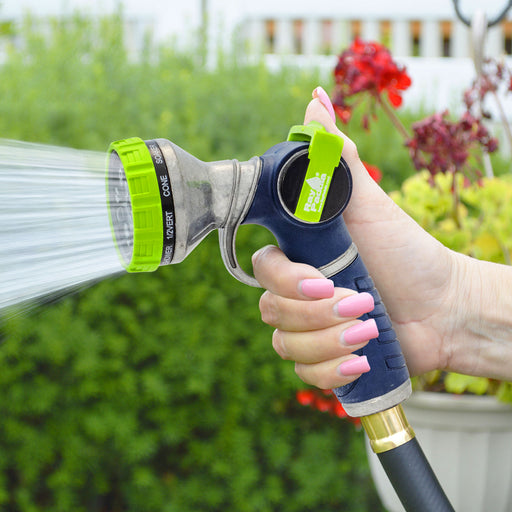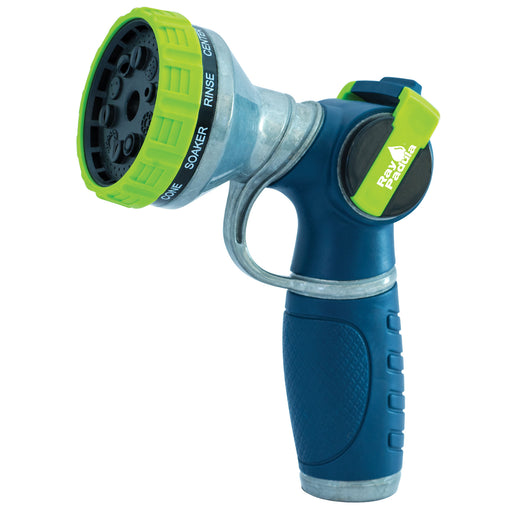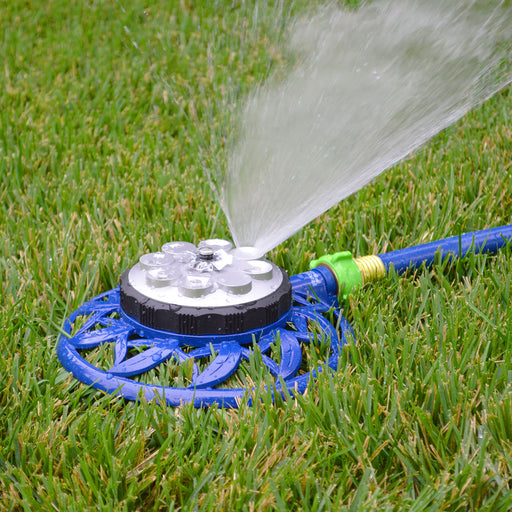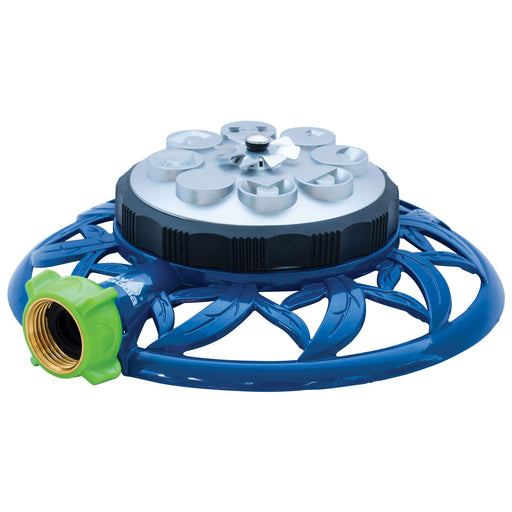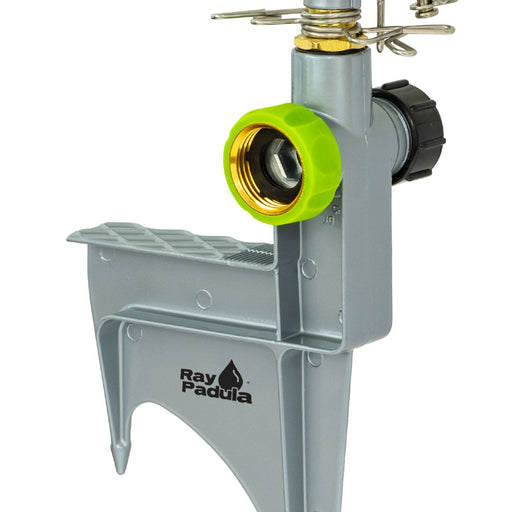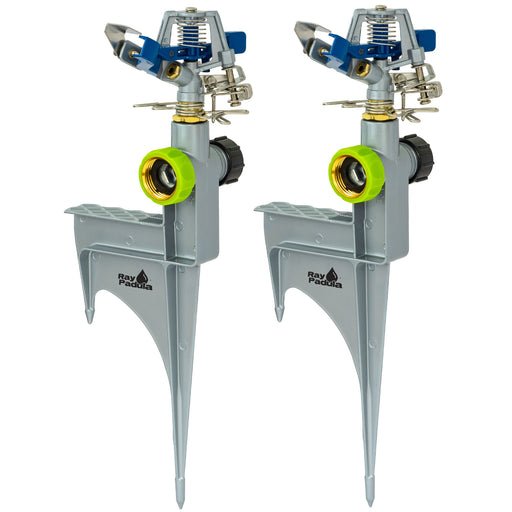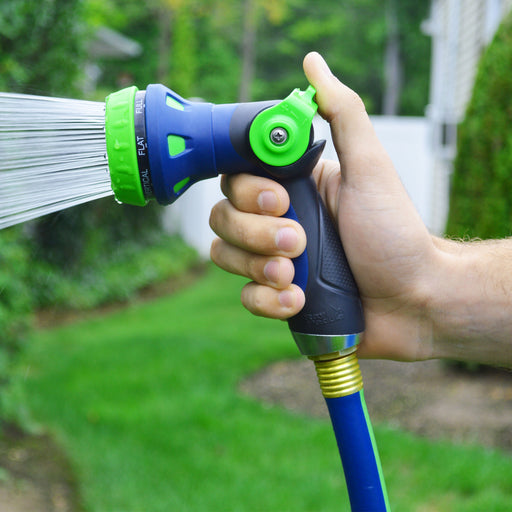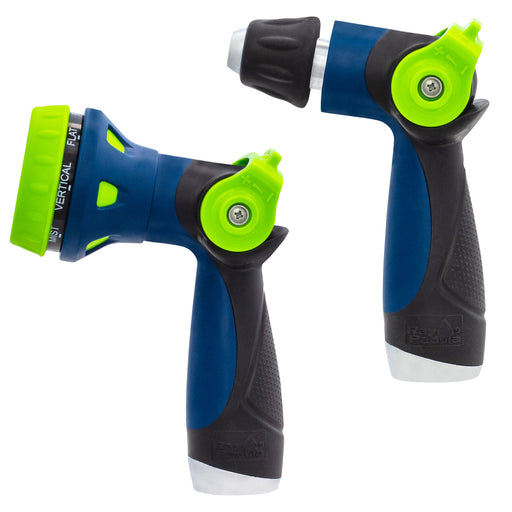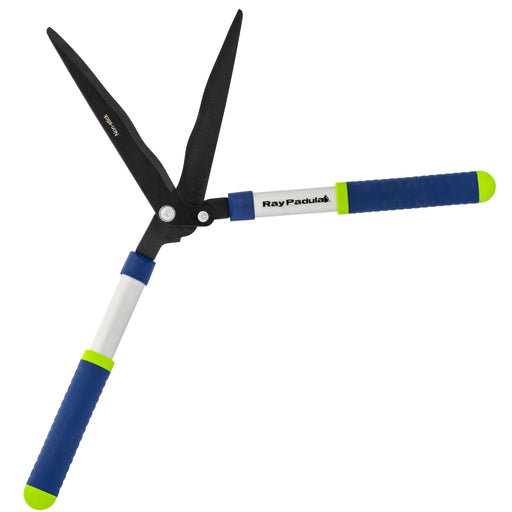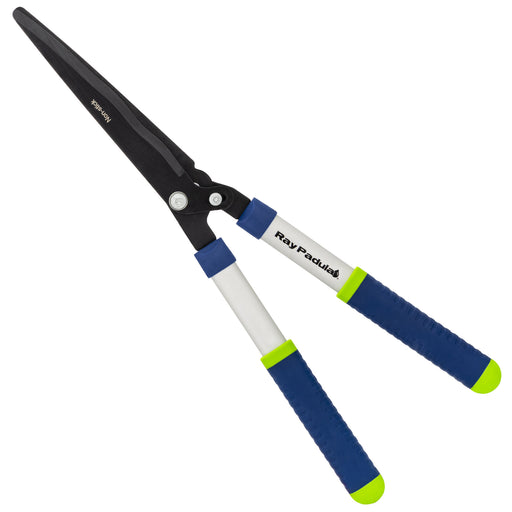
If you're new to lawn care, it can seem like a daunting task. Whether you've just become a new homeowner, recently scaled up to a property with a larger lawn, or have decided this is the season you're going to grow and care for a lush carpet of green, looking after that great lawn might feel like it's a lot to take on.
The great thing is, it doesn't have to feel that way. With a bit of basic knowledge, you can be mowing, mulching, weeding, watering, and fertilizing like a pro in no time.
Know Your Soil
What happens on the surface of your lawn has a direct relationship with what's going on underneath. Understanding the quality of your soil is the first step to taking care of your lawn, so begin by getting a soil test. You can do this most often at your local garden center or nursery. There are also at-home kits you can purchase. This test will tell you the pH of your soil, as well as its nutrient content and what you might do to improve it, if necessary.
Mow Smarter
Mowing your lawn is something you're going to be doing a lot, so it's important to do it right! Keep a few lawn mowing tips in mind to keep your grass green, and healthy:
-
Don't cut it too close. as a general rule, you should only be cutting only the top one-third of the grass every time you mow. This may mean that you have to mow more often, but it will help keep your lawn healthy.
-
Keep your lawn mower blades sharp. Dull blades tear the grass rather that cutting it cleanly, and evenly. Not only will this provide an unsightly cut, it can also lead to making your lawn vulnerable to pests and disease.
-
Only mow when it's dry. Avoiding mowing under wet or damp conditions is good for your lawn as well as your lawn mower.

Give Grass What it Needs
Grass often needs a little help to stay green and healthy. The sunshine and water that nature provides are great, but they may not be enough. Here's what you can do to give your lawn a healthy boost during the season:
-
Fertilizing. The exact fertilization needs of your grass will depend on the results of your soil test, as well as the type of grass you have in your area. For most lawns, adding some extra fertilizer two or three times throughout the season is helpful, and enough. Consider using compost to naturally feed and insulate your plants, and mow your lawn with a mulching blade to turn your grass clippings into free grass food every time you mow. Be sure to only use fertilizer for your specific grass type, and follow all instructions on the fertilizer label before use.
-
Watering. Your grass may need to be watered in-between rain-fall, especially in the dry summer months. As a general rule, it's best to water deeply and in-frequently. Two or three times a week is about right, and you should provide enough water to soak down deep to the roots. Water early in the morning, to avoid evaporation, and to make sure your lawn is not wet over-night. A sprinkler is a great tool to make watering your lawn and easy task. The most common sprinkler types are an oscillating sprinkler, pulsating sprinkler, or revolving sprinkler. The type of sprinkler that's best to use will depend on the size and shape of your lawn. An automatic timer can be used to automatically turn your sprinkler ON and OFF.

A Little Breathing Room
Lawns often go years without being aerated, which can put a lot of stress on the grass. Aeration is the process of pulling small "plugs" of soil out of your lawn to give your lawn some air and reduce thatch. Keep in mind, aeration is also something that you don't want to overdo. Aerating once a year, at the start of the growing season, is usually enough o help your lawn stay healthy throughout the season, without damaging your landscape. Aerating can be accomplished with a lawn aerator, available for rent at most home improvement centers, or by a local landscaper. If you're lawn is smaller in size, aerating shoes can also be worn to walk around the lawn.

Seed as Needed
Bald spots and thin patches may develop in your lawn over time. It happens to the best of us, and spreading some grass seed is usually enough to fill in those spots. Right after aeration and/or thatching is a great time for re-seeding, as the seeds will be ample opportunity to connect with the soil and grow. Choose a grass seed that matches the type of grass you already have, and matches the conditions of your yard. Grass seed is available in blends of many types, and for full sun, shady spots, wet areas, etc. Be sure to water your lawn generously (and a bit more frequently) after putting down new seed.
Legal Disclosure:
This post is provided for informational, educational purposes only. This information is intended to provide general guidelines. Because tools, products, materials, techniques, and local codes are constantly changing, Ray Padula Holdings assumes no responsibility for the accuracy of the information contained herein and disclaims any liability for the omissions, errors, or outcomes of any projects or tasks completed. It is the responsibility of the reader to ensure compliance with all local laws, rules, codes, and regulations for any projects completed. If there are any questions or doubts regarding any elements of any information provided, consult a local, licensed professional.


